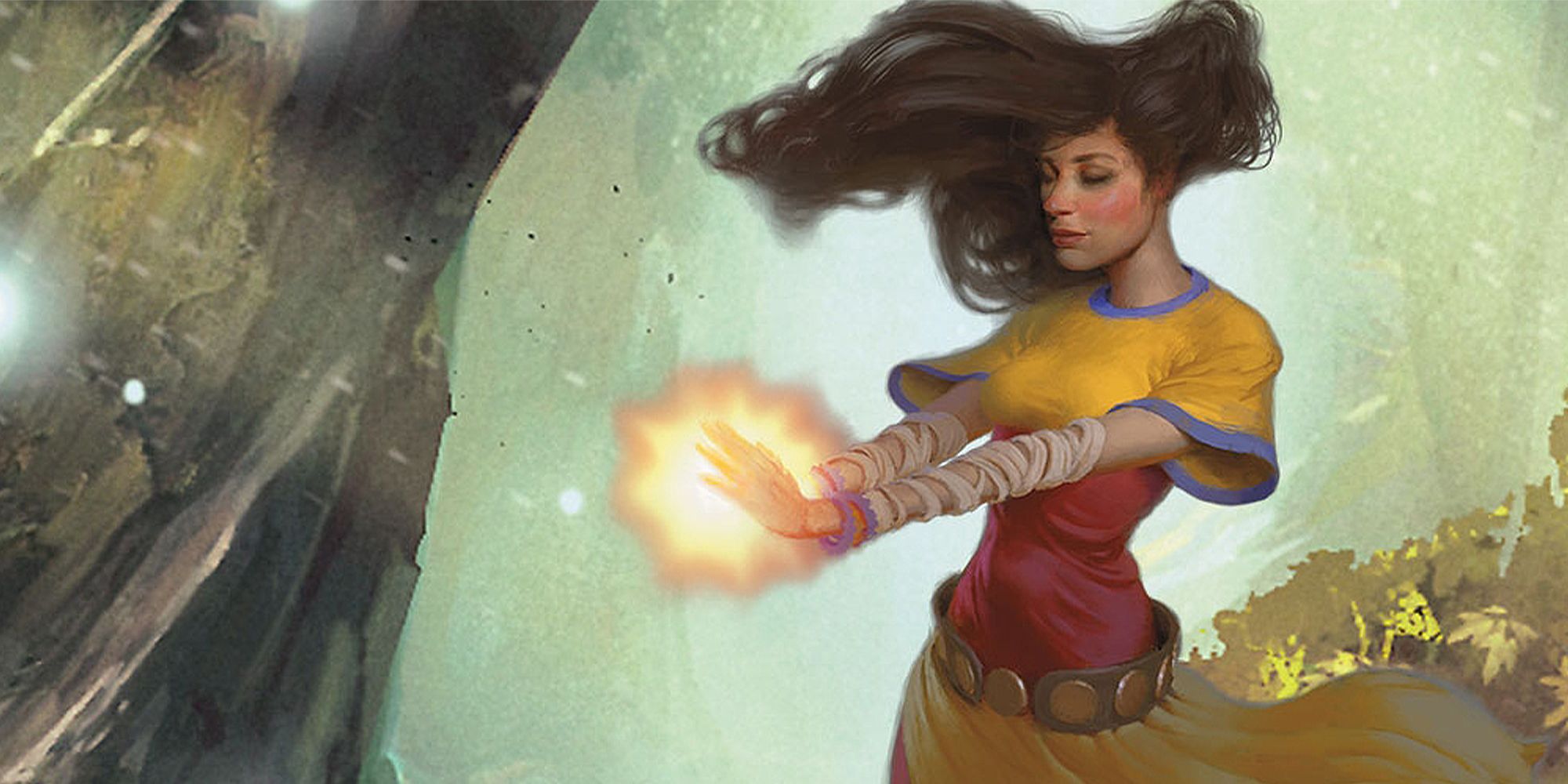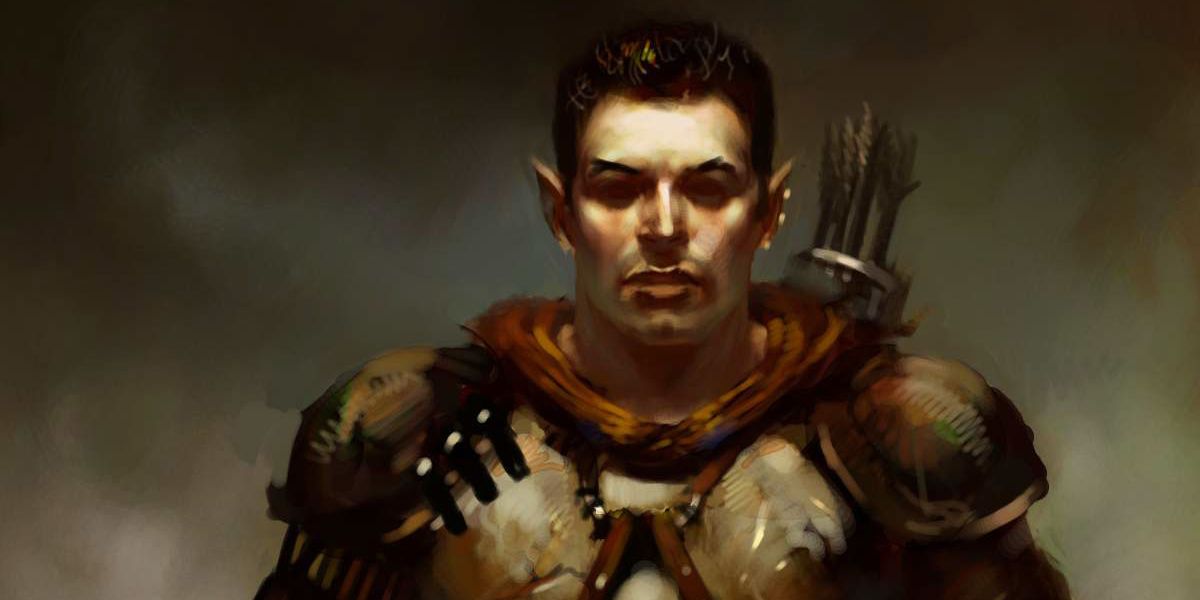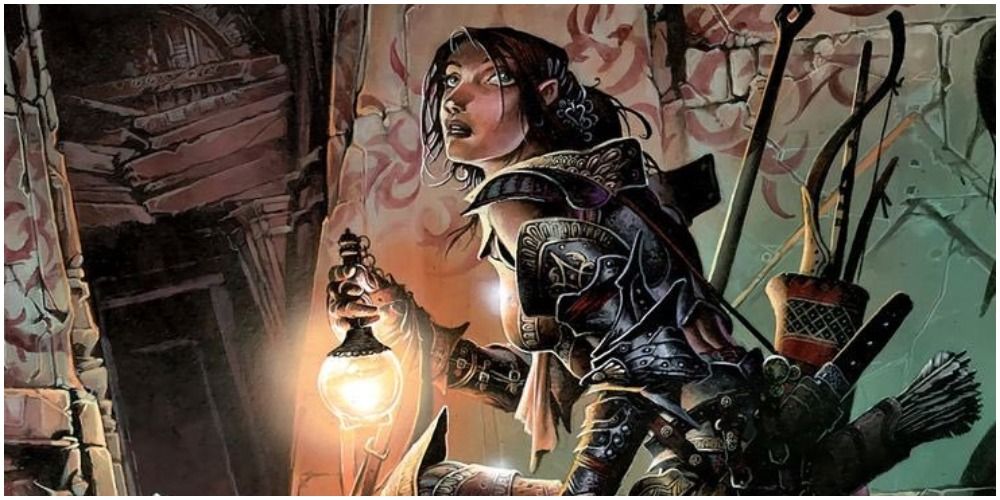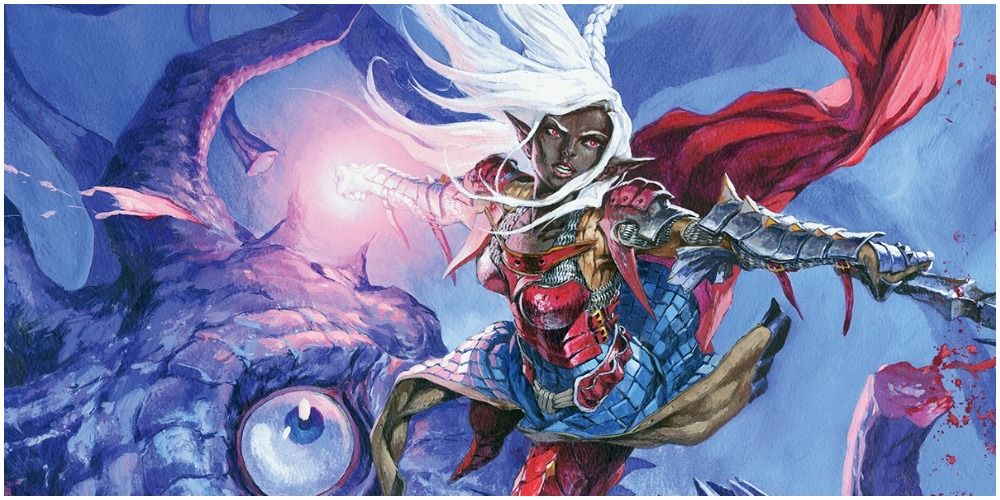A new Dungeons & Dragons character can be made easier or more complex through the choice of their race. However, there are some races that are better for new players to use, as they have fewer abilities to keep track of.
The race rules in D&D received an overhaul in Tasha’s Cauldron of Everything, so it’s now possible to swap the stat bonuses and proficiencies of races. This means that it’s easier than ever for players to create the kind of characters they want, without feeling as if they’re underpowered. Even if the player changes the stats and proficiencies of an existing race, they still get to keep other traits associated with them, like the halfling’s Lucky ability or the dragonborn’s breath weapon.
It can be difficult to introduce new players to D&D, especially if they are coming into the hobby without any prior knowledge of how it works. A lot of people have seen D&D played by streaming groups, but the name of the game has such brand recognition that people might be willing to try it without an introduction. There are classes that are easier for new D&D players, but what about races? These are the D&D races that are better for new players, due to their relative simplicity in terms of game mechanics.
D&D Race Choice for New Players: Human

By far the easiest race for new D&D players is human. For one thing, it’s easy to roleplay as one, because the player is also one. In terms of game mechanics, they get a bonus point in all of their stats, and they’re done. It’s probably best to avoid the variant human, unless the DM thinks that giving them a specific Feat will make the character stronger or more durable. Humans are the fantasy everyman and they can slot into most campaigns without needing to know too much about the history of the setting.
D&D Race Choice for New Players: Wood Elf

An entire generation of movie-goers grew up thinking Legolas was cool in The Lord of the Rings, and he’s an easy character to emulate for a first D&D character. Wood elves don’t need to deal with spells (like high elves) or the annoying Sunlight Sensitivity flaw of the drow. Their abilities are baked in at level one (extra weapon proficiencies, 5ft of extra movement speed), and their Mask of the Wild ability is easy to explain to new players. Giving a new player a wood elf Fighter with the Archery Fighting Style is great for fans of The Lord of the Rings. It also means the player has a well-optimized character with a basic playstyle, so they can focus on learning the ropes and developing their character.
D&D Race Choice for New Players: Half-Elf

Half-elves are similar to humans in that they have very little to keep track of after character creation. The Fey Ancestry ability rarely comes into play, Darkvision is pretty self-explanatory and it’s something that will be used regularly, and the bonus skill proficiency numbers will rarely change over the course of the game. Half-elves in D&D sometimes struggle to fit in – both in human and elven societies – so they often have a reason to go out exploring and learn more about the world in which they live.
Never Let Mechanics Gets In The Way Of Player Interest

The entries listed above are for DMs to suggest to brand new players who have no idea about the kind of character they want to play. In those cases, it’s sometimes best to just help them build a human Fighter and set them loose in a campaign world so that they can start playing the game and get a grip on how everything works. They can then create a different character a few sessions in if they desire. If the player has a definite idea of the kind of D&D character they want to play, then DMs shouldn’t stifle them. If they badly want to play a dragonborn wild magic Sorcerer or a drow Cleric of the goddess of the sea, then let them. New players may struggle more with their abilities at the start, but they’ll be far more invested in their character, and there’s nothing more important for players in Dungeons & Dragons.





